18 Ways To Add More Natural Light In Your Basement
I used to think my basement was just destined to be dark and depressing, a catch-all for storage and laundry. But once I started letting in some natural light, everything changed.
Suddenly, the space didn’t feel like a basement at all. It felt like an actual part of the home I wanted to spend time in.
Whether you’re working with tiny windows or thinking of digging out something bigger, brightening up your basement can totally transform how you use it. Trust me, a little sunlight down there makes a huge difference, and your mood will thank you for it.
1. Install Egress Windows
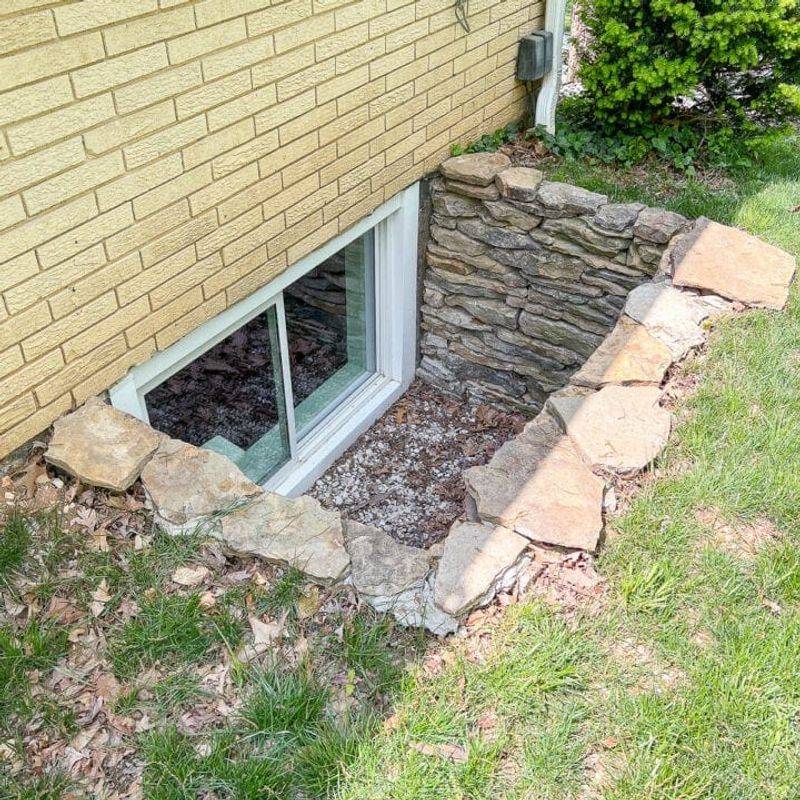
Large egress windows are basement game-changers! Not only do they meet safety codes for emergency exits, but they also allow sunshine to pour into your space.
Many homeowners don’t realize these windows can be retrofitted into existing basements. The installation typically includes digging a window well outside your foundation, cutting through concrete, and adding proper drainage.
Your basement will thank you with dramatic light improvement that makes the construction mess totally worth it!
2. Add A Walkout Door

When your basement sits on a sloped lot, you’ve hit the jackpot! Creating a walkout door transforms the entire feel of your underground domain.
The full-sized door with its accompanying window panels invites natural light to dance across your floors. This renovation often requires professional help to cut through foundation walls safely.
Though it’s a bigger project, the payoff is enormous—instant access to your backyard plus a flood of sunshine that no artificial light can match.
3. Dig Window Wells
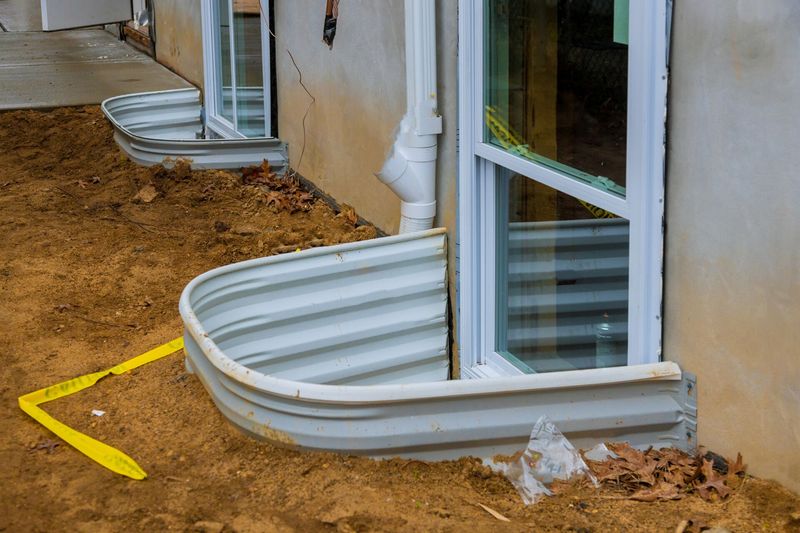
If your basement windows peek just above ground level, window wells are your ticket to brightness! These curved excavations around your windows prevent soil from blocking precious daylight.
Modern window wells come with reflective liners that bounce even more light inside. Some fancy versions even include decorative rock gardens or tiny landscapes that make peering out your basement window a treat instead of a sad glimpse at dirt and bugs.
4. Install Glass Block Windows
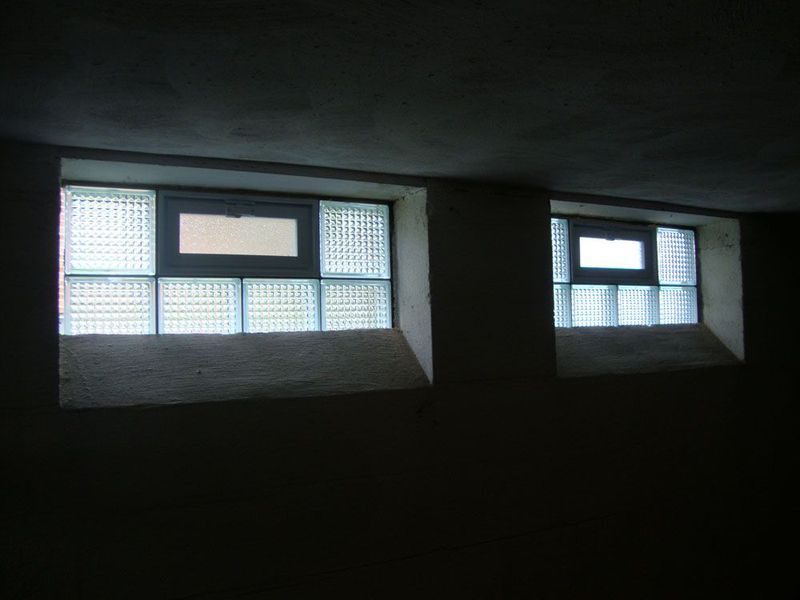
Glass blocks aren’t just for 1980s bathrooms anymore! These thick, translucent blocks allow light to filter through while maintaining privacy and security.
Unlike traditional windows, they can be installed at ground level without creating a security risk. The textured surface of glass blocks creates interesting light patterns as sunshine moves throughout the day.
Some newer versions even include small vents if you want a touch of fresh air along with your sunbeams.
5. Create A Light Well

Light wells take window wells to the next level! These larger excavated areas outside basement windows can span several feet and often include steps or a small patio area.
Plants thrive in these mini-courtyards, adding greenery to your view. The extra space allows for bigger windows that pull in massive amounts of sunshine.
Some clever homeowners even add mirrors to the light well walls to multiply the brightness factor by reflecting light in multiple directions.
6. Install A Sliding Door
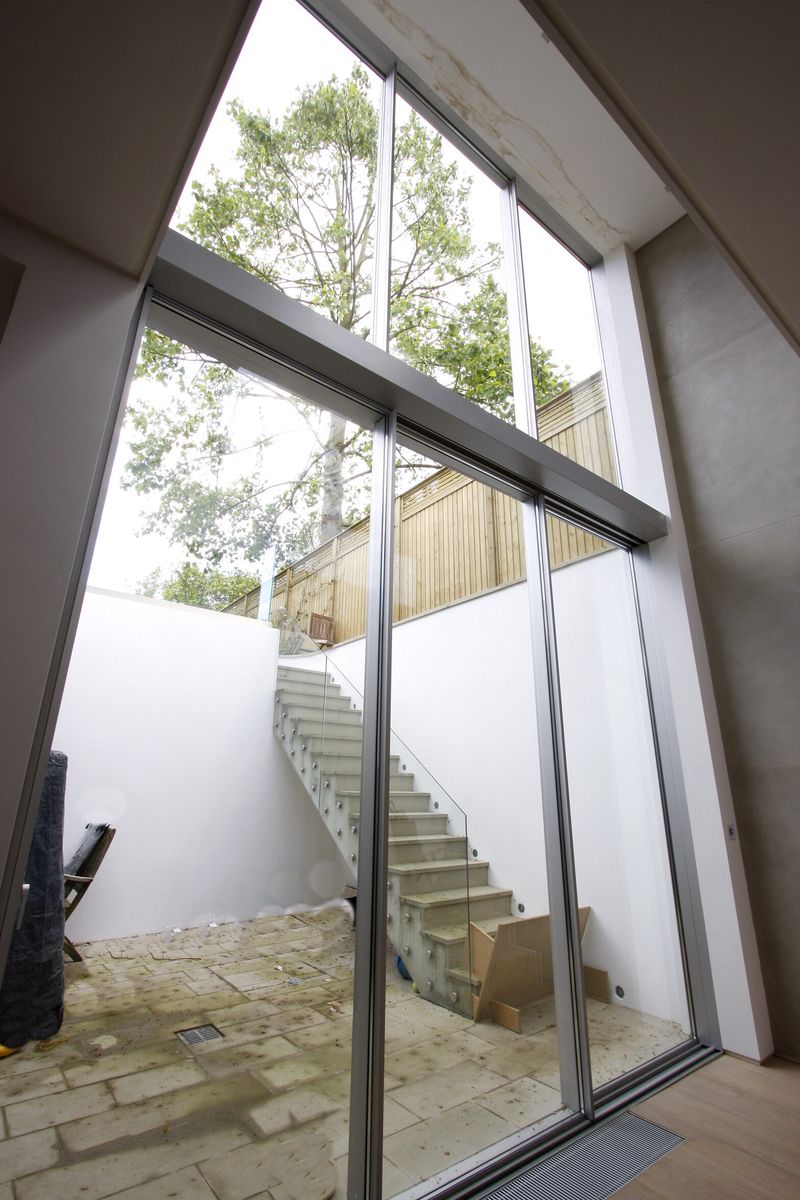
Where terrain allows, sliding glass doors transform basement walls into light-gathering superstars! The floor-to-ceiling glass creates an instant connection to the outdoors while flooding your space with natural illumination.
Modern options include energy-efficient models that won’t make your heating bill skyrocket. For walkout basements, this upgrade ranks among the highest ROI improvements you can make.
Your basement instantly feels like a proper living space rather than a cave beneath your house.
7. Add Clerestory Windows

Clerestory windows sit high on walls, just below the ceiling, making them perfect for basements with limited exterior wall exposure.
These horizontal strips of glass catch light from above ground level without sacrificing privacy. You’ll need at least a foot of wall peeking above ground to make this work.
The high placement creates a beautiful wash of light across your ceiling that then reflects downward. Bonus: these windows rarely need window treatments since they’re positioned above eye level!
8. Use Light-Colored Flooring

While not technically adding light, light-colored floors work like magic mirrors reflecting whatever natural light does make it into your basement.
Pale oak, whitewashed wood, or cream-colored tile can make limited sunshine go much further. The reflective quality of glossy finishes adds even more brightness.
Many basement remodelers overlook this simple trick and wonder why their space still feels dim despite new windows. Your floor is the largest surface in any room—make it work for your brightness goals!
9. Install Solar Tubes

Solar tubes (sometimes called sun tunnels) are the secret weapons of dark basements! These clever devices capture sunlight from your roof and channel it down through reflective tubing that can bend around obstacles in your home’s structure.
The tubes terminate in fixtures that look like ceiling lights but actually deliver real sunshine. Installation is less invasive than skylights, requiring smaller roof openings.
For interior basement rooms with no exterior walls, solar tubes might be your only path to natural illumination.
10. Create A Stairwell Light Source
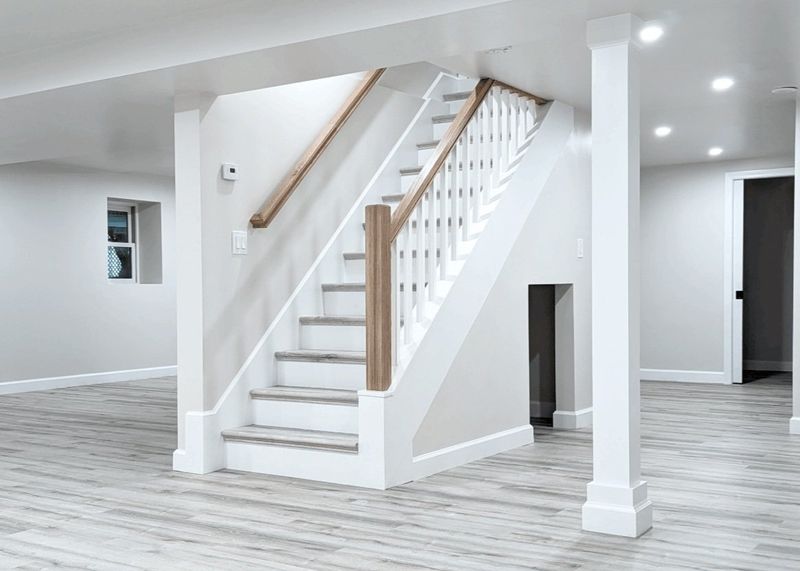
Your basement stairwell offers prime real estate for light harvesting! Adding a window or glass door at the top of the stairs allows light to cascade downward into your basement.
Even better, consider opening up the stairwell by removing walls and replacing them with glass panels or railings. Light from upper floors will naturally flow down into your basement.
This approach works wonders in open-concept homes where the basement staircase connects to bright main living areas.
11. Install Prism Glass

Prism glass tiles were popular in early 20th century buildings before electricity was common. These textured glass pieces contain tiny prisms that bend light and direct it deeper into spaces.
Modern versions can be installed in sidewalks above basement windows or in the windows themselves. The scientific magic of refraction pushes sunbeams further into your space than flat glass ever could.
As a bonus, these vintage-inspired elements add architectural character while solving your lighting problems!
12. Use Mirrors Strategically

Mirrors are like light multipliers for your basement! Placing large mirrors opposite windows creates the illusion of more windows while bouncing existing light throughout the space.
Try hanging several smaller mirrors at different heights to catch light rays from various angles. Mirrored furniture or accessories add subtle reflective surfaces throughout the room.
One clever trick: position a tall mirror to capture light from a stairwell window and redirect it into darker corners.
13. Enlarge Existing Windows
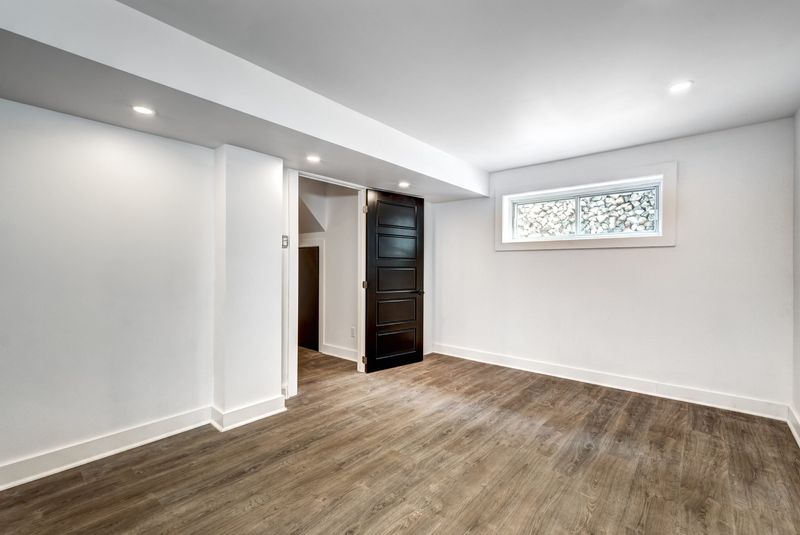
Those tiny basement windows were probably installed just to meet minimum code requirements. Widening and heightening them can dramatically increase light penetration without major structural changes.
The process typically involves removing some concrete and properly reinforcing the larger opening. Even expanding a window by just a foot in each direction can double or triple your natural light intake.
For maximum impact, prioritize windows on southern exposures where sunlight is strongest throughout the day.
14. Create Interior Openings
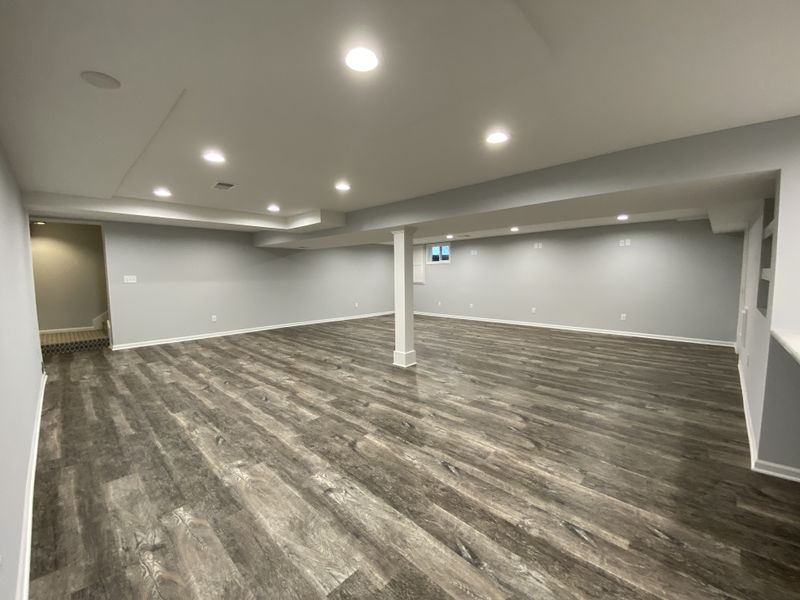
Sometimes the smartest path to natural light involves borrowing it from adjacent spaces! Cutting openings between your basement and well-lit ground floor areas allows light to travel between levels.
Glass floor panels installed in your main floor can create dramatic light wells. Half-walls, interior windows, or decorative screen dividers maintain separation while sharing brightness.
This approach works especially well in split-level homes where the basement isn’t completely underground.
15. Add A Light Court
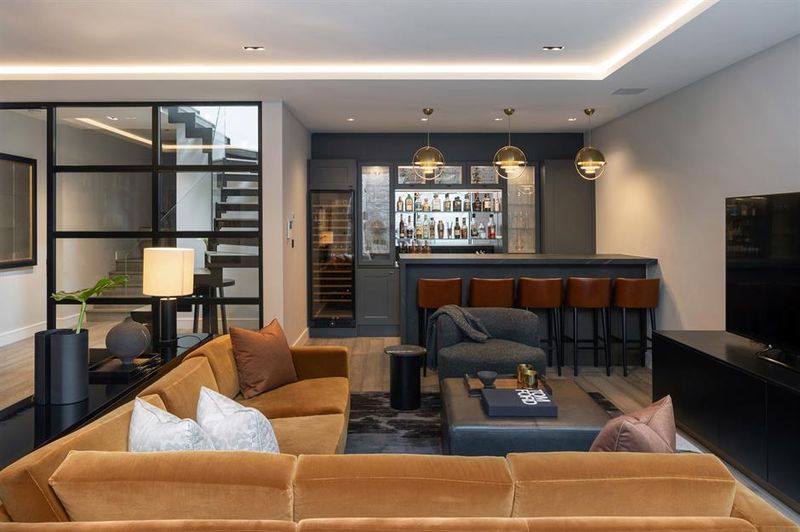
For serious light-seekers, excavating a light court outside basement walls creates a game-changing brightness solution.
This mini-courtyard is essentially a large exterior room dug down to basement level. The surrounding basement walls can then feature full-sized windows or doors opening onto this sunken patio.
While definitely a major project requiring excavation and drainage planning, the results transform your basement into a space that feels nothing like a traditional below-grade room.
16. Install Reflective Window Wells

Standard metal window wells do an okay job, but upgrading to reflective versions supercharges your light intake! These specially designed wells feature white or mirror-finished surfaces that bounce sunlight through your windows.
Some homeowners report up to 30% more light using the same windows after installing reflective wells.
The best part? This upgrade requires no structural changes to your home. Simply replace existing wells or add the reflective material to what you already have.
17. Use Glass Interior Doors
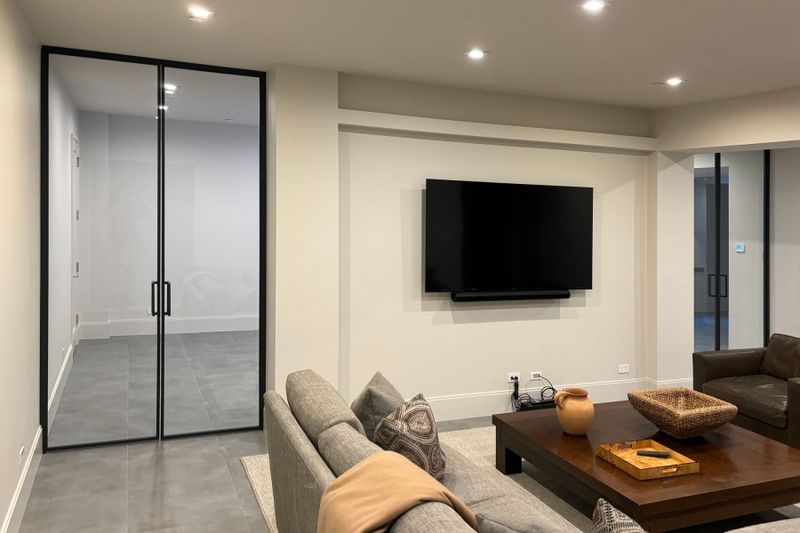
Interior basement rooms often suffer the most from light deprivation. Glass-paneled doors between basement spaces allow light to travel from exterior walls deep into interior rooms.
French doors, sliding glass doors, or modern glass barn doors all serve this purpose beautifully. For privacy concerns, frosted or textured glass provides the light-sharing benefits without the fishbowl effect.
Your basement bathroom, laundry room, or office no longer needs to feel like a windowless box!
18. Create A Lightscoops
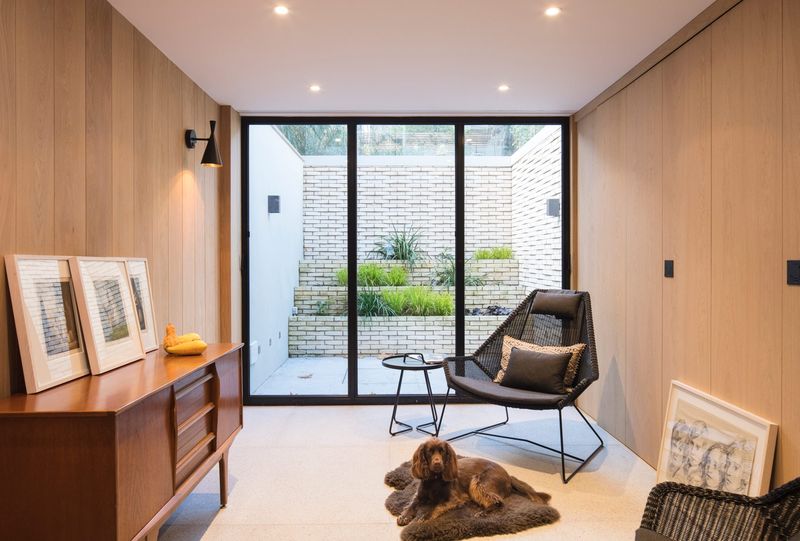
Lightscoops are architectural features that capture and redirect sunlight through angled designs. These clever structures can be built where your basement wall meets ground level to scoop light downward.
The angled surfaces reflect light through basement windows more effectively than straight drops. Some designs incorporate reflective materials or even water features that amplify the light-gathering effect.
Think of them as sophisticated light collectors custom-designed for your home’s specific orientation to the sun.







